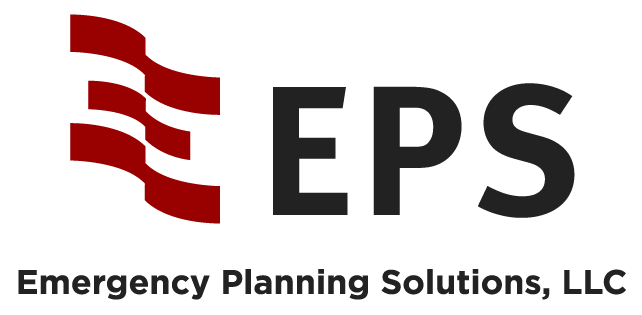Education, Practical Application, Review, Repeat
Exercise Design & Facilitation
It is well documented that organizations who prepare for catastrophic events and operate under an emergency management structure, deal much more effectively with the emergency response while decreasing their liability exposure. No matter how good your Emergency Operations Plan is, if you don’t exercise it – it’s worthless.
A critical part of a successful program is training and exercising the plan. It allows stakeholders to “practice” their tasks, operations or protocols in a similar way that they would be performed in an emergency. The goal is to design it so that it simulates a realistic emergency and allows the organization to test or evaluate plans, procedures and equipment and see how it performs.
Reasons to exercise:
- Evaluate the capabilities of the organizations procedures and policies
- Assess the distribution of resources and manpower
- Build team an individual confidence
- Clarify roles and responsibilities in the preparedness, response and recovery phases
- Improve responder performance
- Assess communication between internal stakeholders
- Reveal overlaps and deficiencies in plan and protocols
How EPS Can Assist
EPS can assist in designing and/or facilitating drills and exercises that meet Homeland Security Exercise and Evaluation Program (HSEEP) guidelines.
Orientation Meeting: Are designed to increase awareness among all stakeholders about why and how your Emergency Operations Plan (EOP) was developed and will provide an overview of the EOP’s contents. These meetings should include administration, department heads, the public information officer (PIO), occupants of your facility, community partners, first responders, and the media. This exercise type requires the least planning, time, and resources, and the fewest people involved. Generally, orientation meetings provide an overview of new or current plans, resources, strategies, concepts or ideas.
Drill: A drill is a coordinated, supervised activity usually employed to validate a specific function or capability. Drills can be used to provide training on new equipment, validate procedures/protocols or practice and maintain current skills. Some common examples would be fire, tornado, active shooter or mass/emergency notification system test.
Tabletop Exercise: A tabletop exercise is a discussion based exercise regarding a hypothetical, simulated emergency. It can be a very basic event or quite complex. Participants apply their knowledge and skills to a list of problems presented by a facilitator, problems are discussed as a group and resolution is reached and documented for later analysis.
Functional Exercise: A functional exercise is designed to have participants actually perform the tasks required in their planning documents. It is conducted in a realistic, real-time environment, however, movement of personnel and equipment is often simulated. A Simulation Cell (SimCell) delivers injects to keep exercise moving along to reach exercise objectives.
Full-Scale Exercise: Full-scale exercises are typically the most complex and resource-intensive types of exercise. They are intended to mimic a real incident. They involve multiple agencies, organizations and jurisdictions and validate many facets of preparedness. Personnel and resources may be mobilized and deployed to the scene and actions are performed as if the incident were real.
Download the Exercise Design Questionnaire
